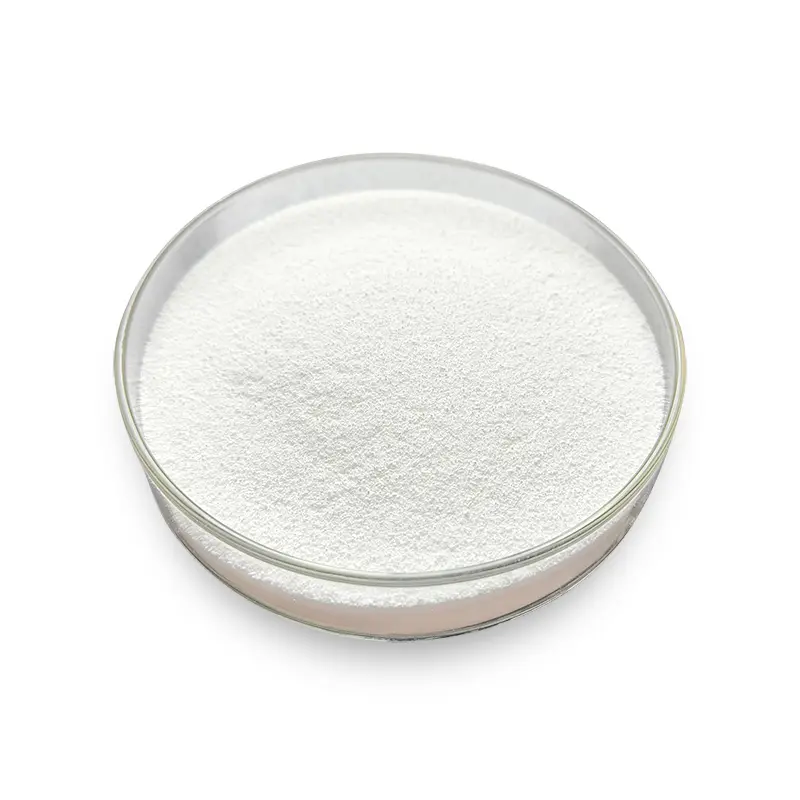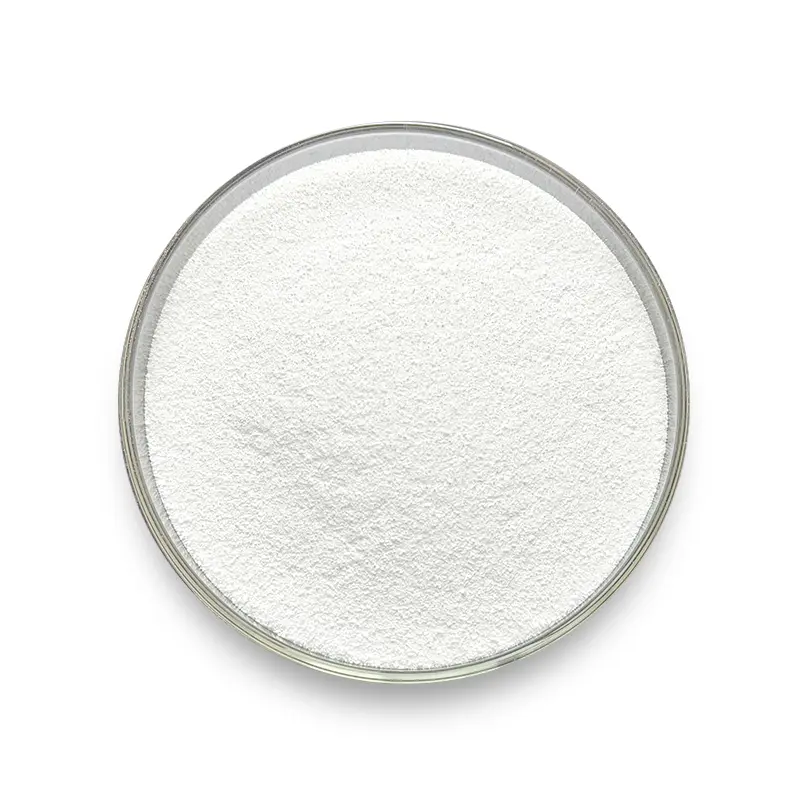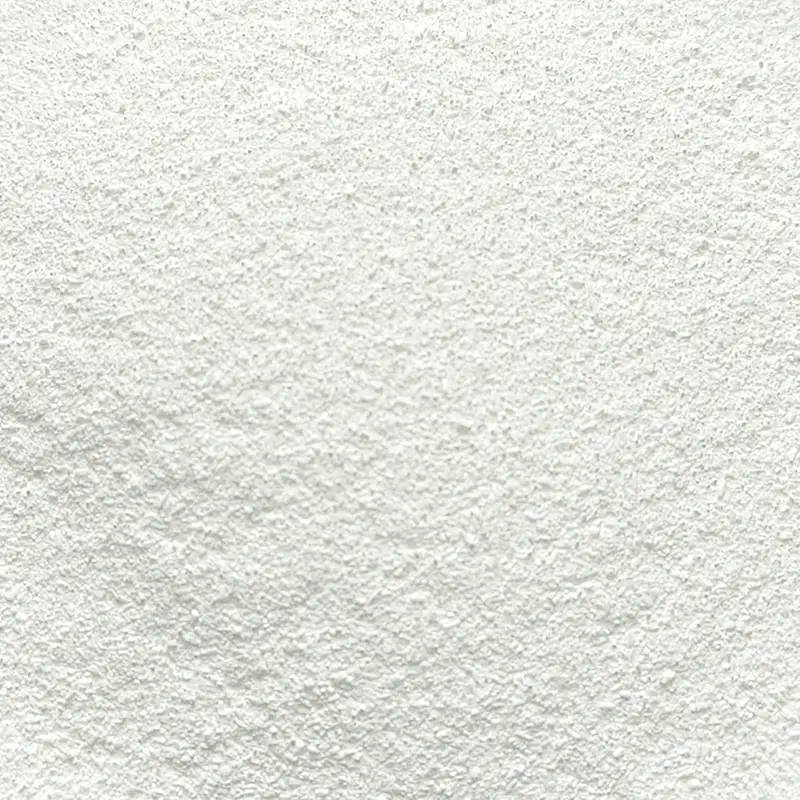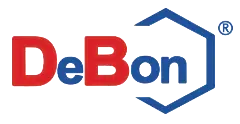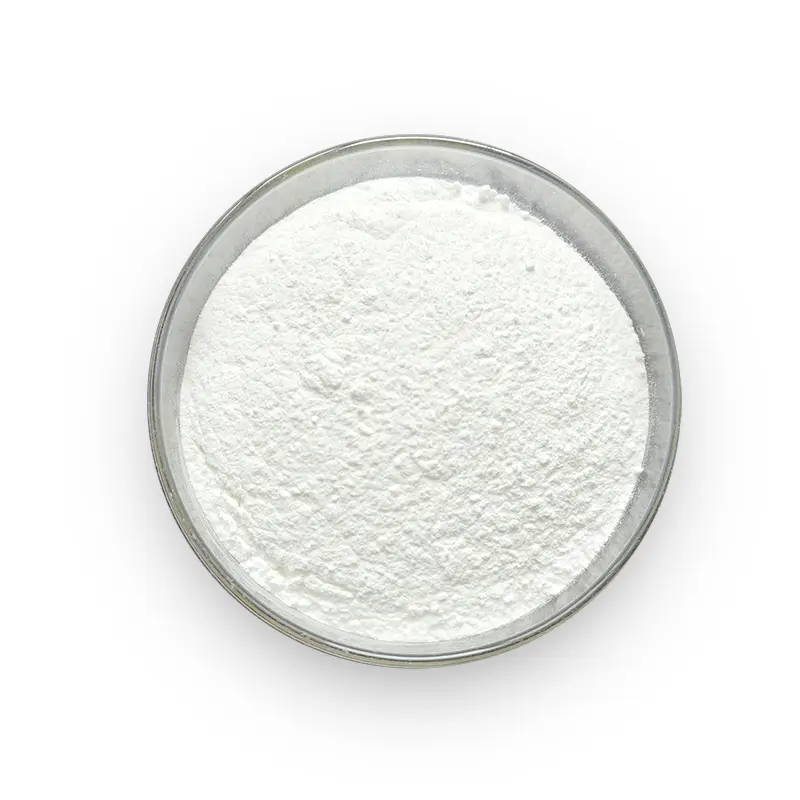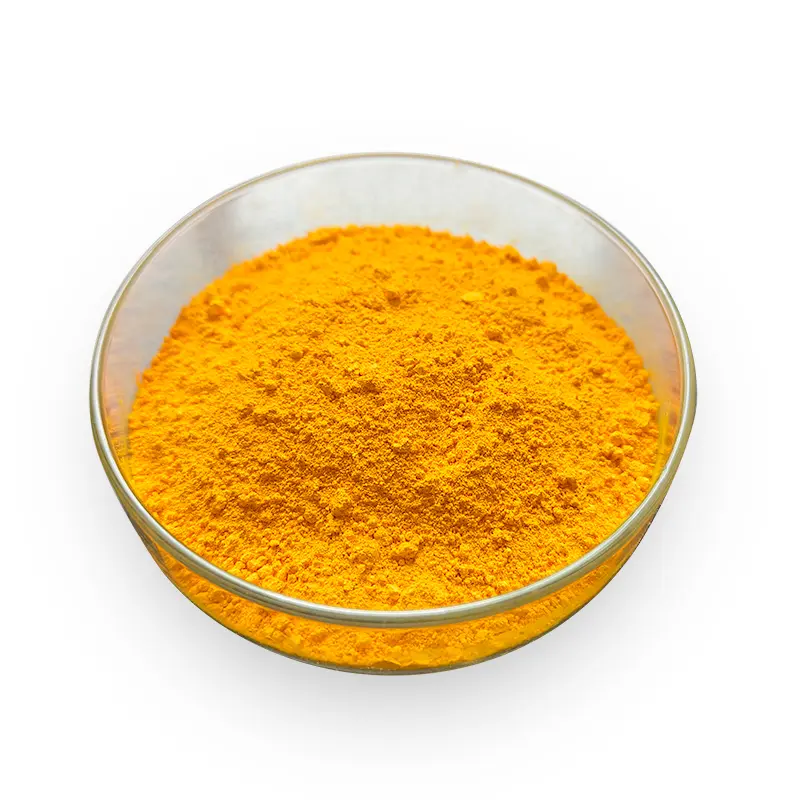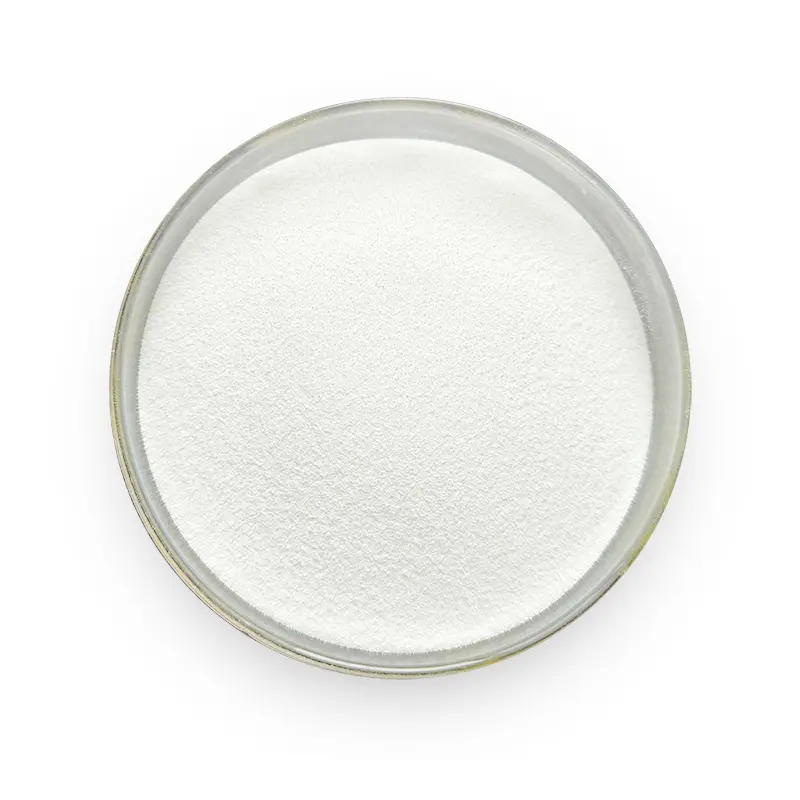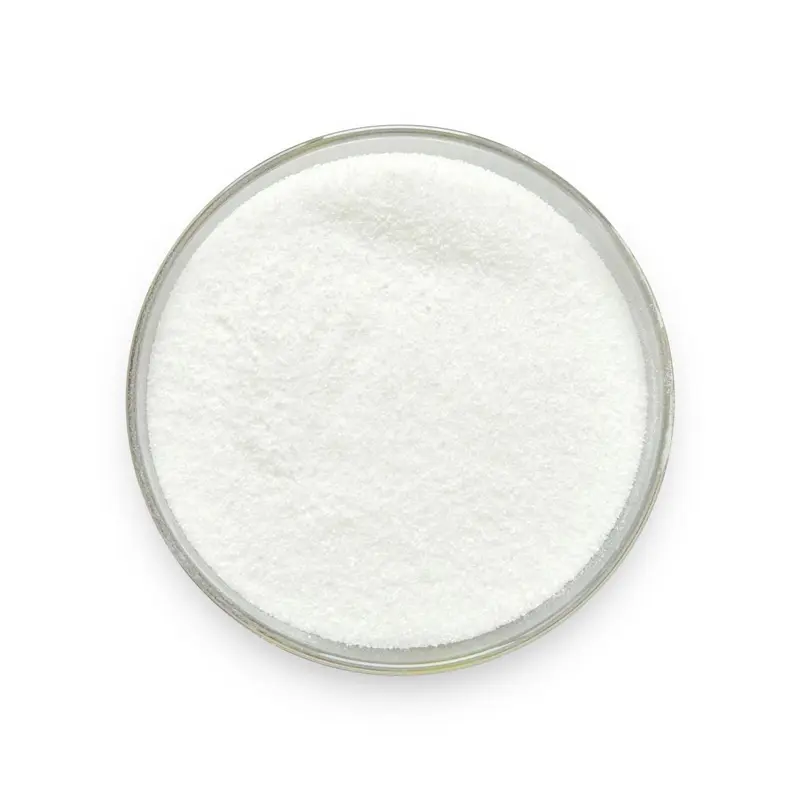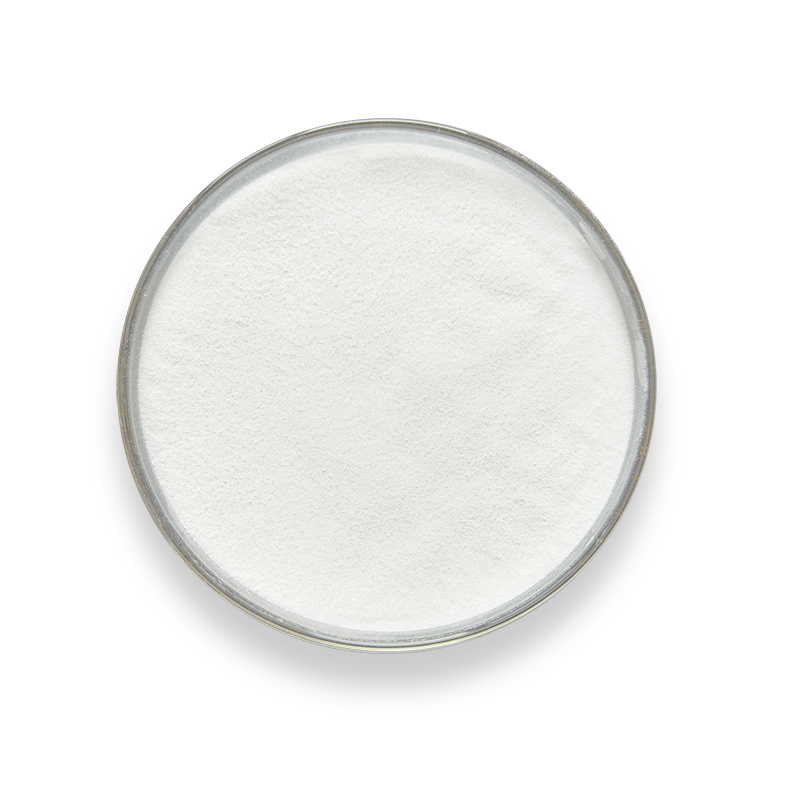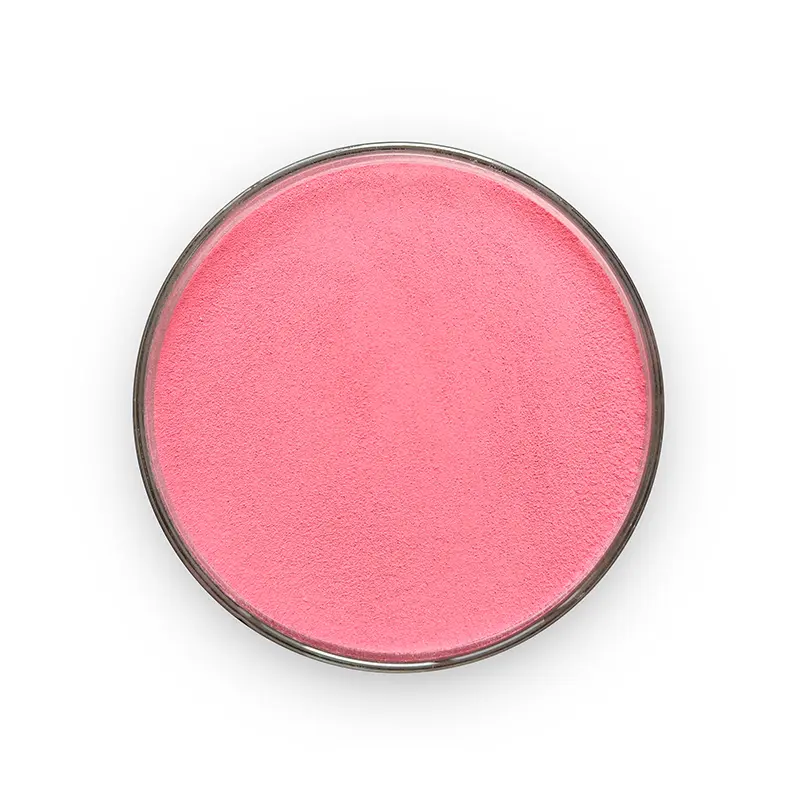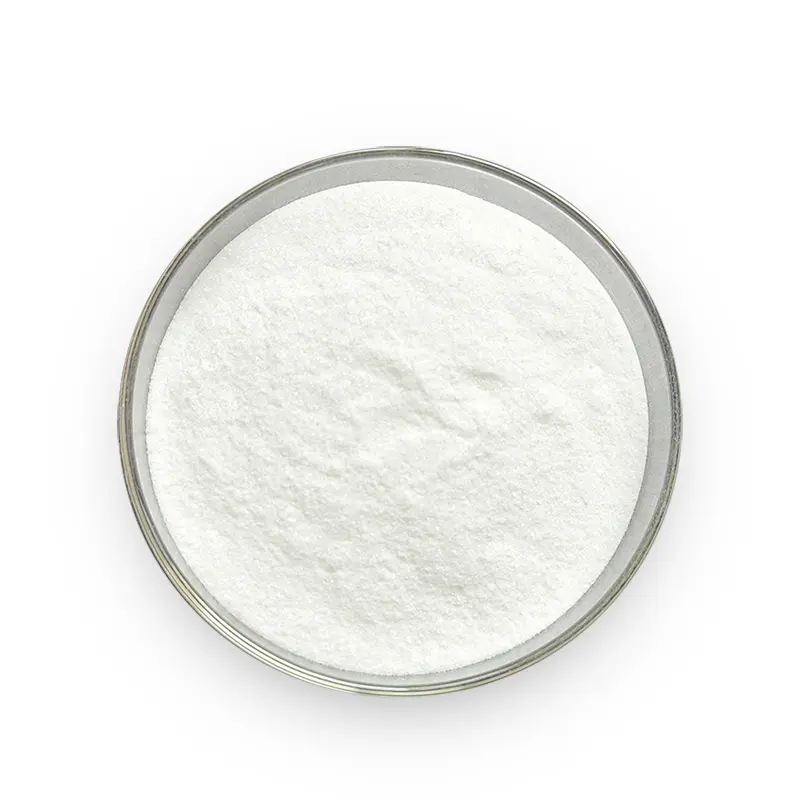DeBon Multi-Action L-Arginine Feed Additive
Product Specifications
| Product Name | L-Arginine |
| Active Ingredient | L-Arginine (Dry Basis): 98.5%–101.5% |
| L-Appearance | M-White crystalline powder, almost odorless with a characteristic smell |
Physical & Chemical Indicators:
| Specific Optical Rotation ([α]D²⁰) | +26.0° to +27.9° |
| pH (1.0g/20ml Solution) | 10.0–12.0 |
| Chlorides (as Cl) | ≤0.1% |
| Arsenic (As) | ≤2.0 mg/kg |
| Loss on Drying | ≤1.0% |
| Residue on Ignition | ≤0.2% |
| Compliance Standards | GB 28306-2012 |
Functions
L-Arginine is essential for:
Protein Synthesis: Promotes muscle growth and tissue repair in animals.
Metabolic Regulation: Enhances nitrogen utilization and amino acid metabolism.
Immune Support: Strengthens immune response and disease resistance.
Growth Performance: Improves feed efficiency and overall growth rates in livestock and poultry.
Storage & packing
Storage Conditions
Store in a clean, dry, well-ventilated area, protected from contaminants and direct sunlight.
Avoid contact with toxic or harmful substances.
Packaging
Net Weight: 25 kg/bag
Shelf Life:24 months
Usage & Dosage
Application: Uniformly mix into compound feed or premixes.
Recommended Dosage:
General Use: Adjust according to feed formulation requirements.
Typical dosage range: 0.1–0.5% of total feed (or as per veterinary guidance).
Poultry: 0.5–1.5 kg/ton of feed
Swine: 0.8–2.0 kg/ton of feed
Aquaculture: 1.0–3.0 kg/ton of feed
Note: Optimize dosage based on animal species, growth stage, and nutritional needs.
Additional Notes
Precautions: Ensure thorough mixing to avoid uneven distribution.
FAQs
1. What is L-Arginine Feed Additive?
L-Arginine is a conditionally essential amino acid used as a feed-grade supplement to enhance animal diets. This product contains ≥98% pure L-Arginine in crystalline or powder form, supporting protein synthesis, immune function, and nitrogen metabolism in livestock and poultry.
2. Why is L-Arginine supplementation important?
Arginine is critical for young, stressed, or fast-growing animals. It improves growth performance, enhances wound healing, supports reproductive health (e.g., sperm production in males), and reduces ammonia emissions by optimizing nitrogen utilization.
3. Is L-Arginine safe for animals?
Yes, it is safe when used as directed. Over-supplementation may disrupt amino acid balance or cause metabolic stress (e.g., hyperammonemia). Adhere strictly to recommended levels.
4.Can L-Arginine replace other amino acid supplements?
No—it works synergistically with lysine, methionine, and other amino acids. Balanced ratios are critical; never use arginine as a standalone supplement without professional guidance.
Compatibility & Contraindications
Compatible With
Amino Acids: Lysine, methionine, threonine, valine.
Vitamins: B-complex vitamins (especially B6 for arginine metabolism), vitamins A, D, E.
Minerals: Calcium carbonate, phosphates, selenium yeast (at recommended levels).
Acidifiers: Organic acids (e.g., citric acid, fumaric acid).
Antioxidants: Ethoxyquin, natural tocopherols.
Contraindications
Alkaline Substances (e.g., sodium bicarbonate, excess limestone): May degrade arginine by raising pH and reducing absorption.
Strong Oxidizers (e.g., hydrogen peroxide, potassium permanganate): Risk of oxidative breakdown.
Hygroscopic Additives (e.g., choline chloride): Pre-mix with a dry carrier (e.g., wheat bran) to prevent moisture absorption.
High Iron/Copper Levels: May chelate arginine, impairing bioavailability.
Excess Dietary Lysine: High lysine-to-arginine ratios may antagonize arginine utilization.
product details
